Elephants and rhinoceroses, two of the world’s most iconic land mammals, are often subjects of fascination due to their size, strength, and unique traits. This article explores their biological differences, species types, and the impossibility of interbreeding between them. It also highlights the conservation challenges they face, ongoing protection efforts, and the vital roles they play in maintaining ecological balance in their natural habitats across Africa and Asia.
Table of Contents
Elephants: The Gentle Giants
Elephants are the largest land mammals on Earth, belonging to the family Elephantidae. There are three extant species:
1. African Bush Elephant (Loxodonta africana)
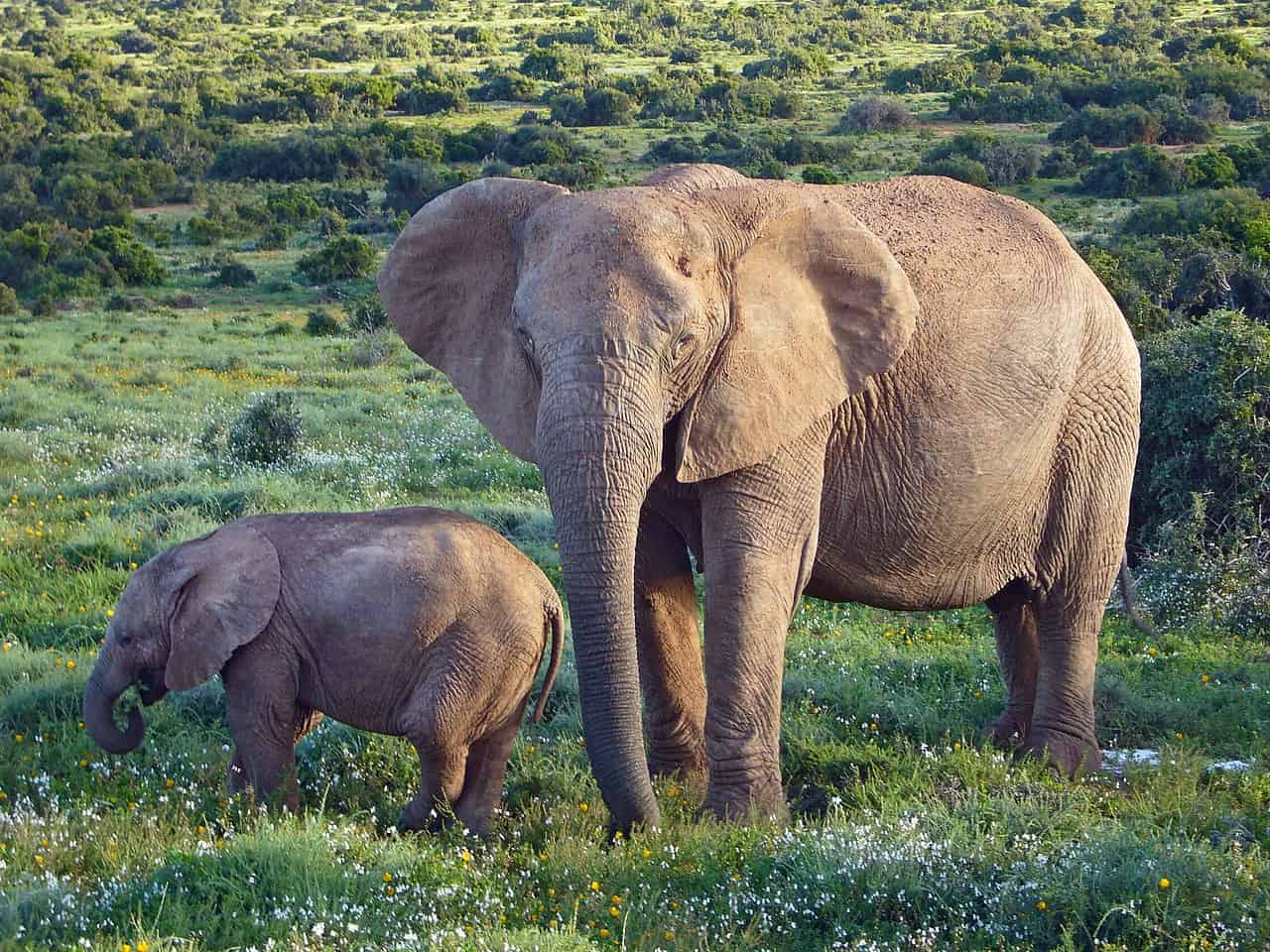
These are the largest of the elephant species, commonly found in the savannas of sub-Saharan Africa. They are easily recognizable by their large ears, which resemble the shape of the African continent and help in regulating their body temperature.
2. African Forest Elephant (Loxodonta cyclotis):
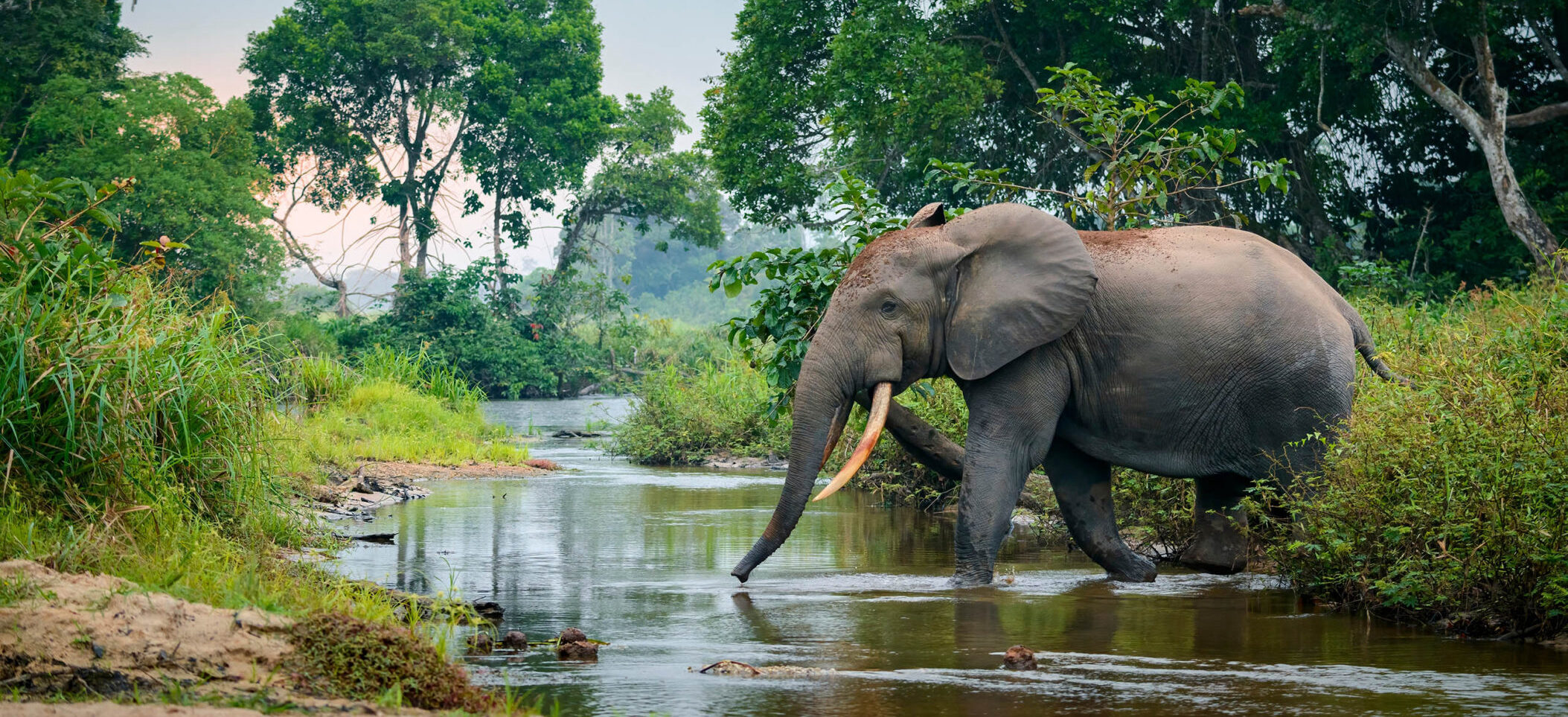
Smaller than their bush counterparts, these elephants inhabit the dense rainforests of Central and West Africa. They have straighter tusks and are more elusive, often hiding in thick vegetation.
3. Asian Elephant (Elephas maximus):
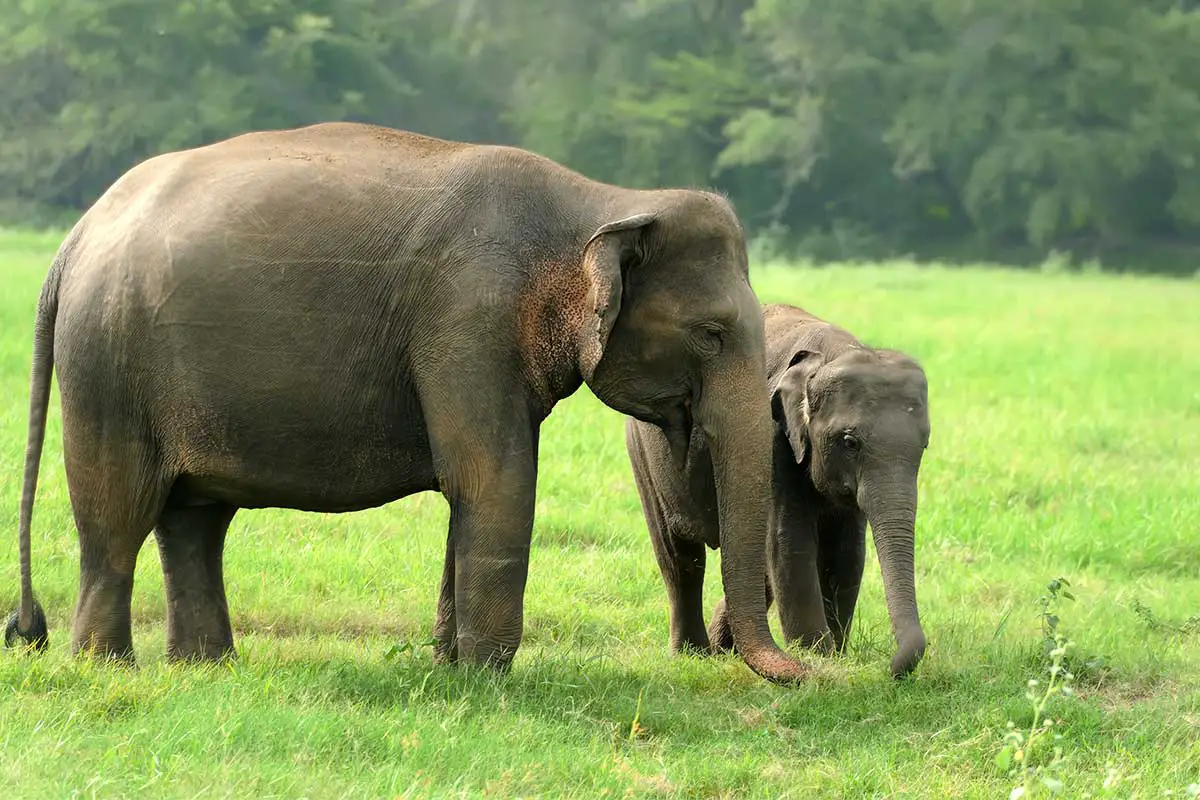
Found in South and Southeast Asia, these elephants are smaller than African elephants and have smaller, rounded ears. They are further divided into subspecies, including the Indian, Sri Lankan, Sumatran, and Borneo elephants.
Elephants are known for their intelligence, social structures, and emotional depth. They live in matriarchal herds, with older females leading and caring for the group. Elephants communicate through a complex system of vocalizations, body language, and even seismic signals. Their trunks, an extension of their upper lip and nose, are highly versatile and used for feeding, drinking, and social interactions.
Rhinoceroses: The Armored Behemoths
Rhinoceroses belong to the family Rhinocerotidae, characterized by their thick skin and prominent horns. There are five extant species:
1. White Rhinoceros (Ceratotherium simum)
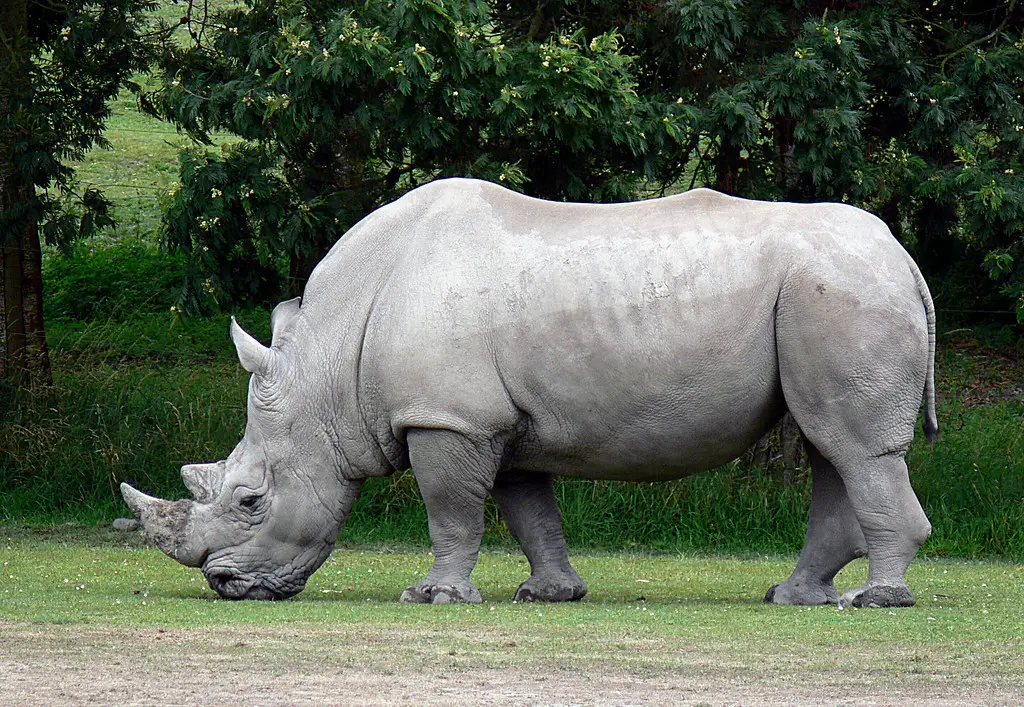
The largest of the rhino species, white rhinos have two subspecies: the Southern white rhino, which is relatively abundant, and the critically endangered Northern white rhino. They are mostly found in South Africa, Namibia, Zimbabwe, and Kenya.
2. Black Rhinoceros (Diceros bicornis)
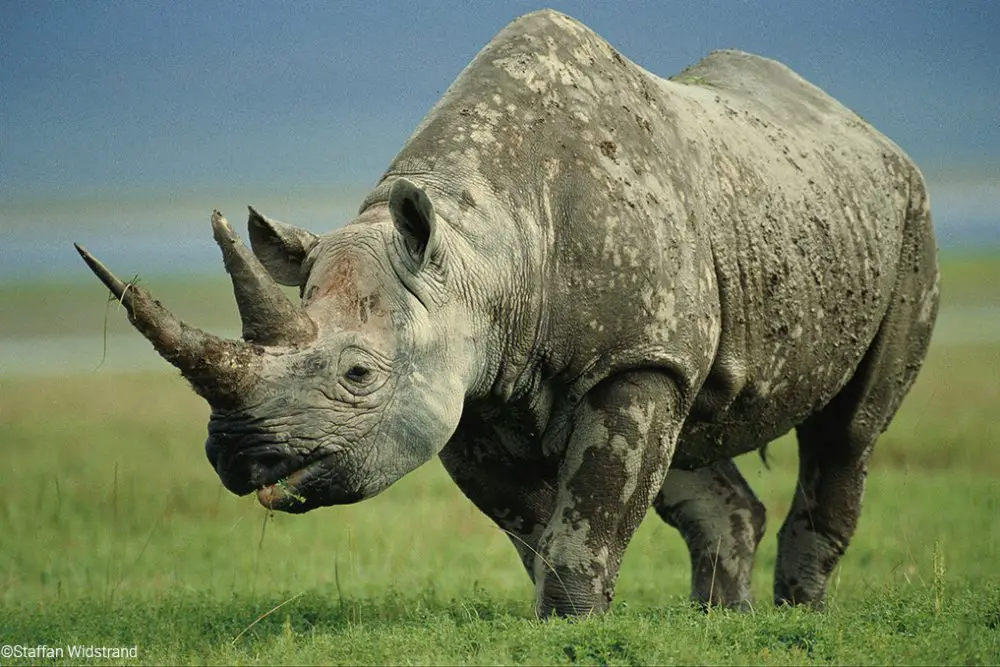
Also found in Africa, black rhinos are smaller than white rhinos and are known for their pointed upper lips, adapted for feeding on shrubs and trees. They are critically endangered due to poaching and habitat loss.
3. Indian Rhinoceros (Rhinoceros unicornis)
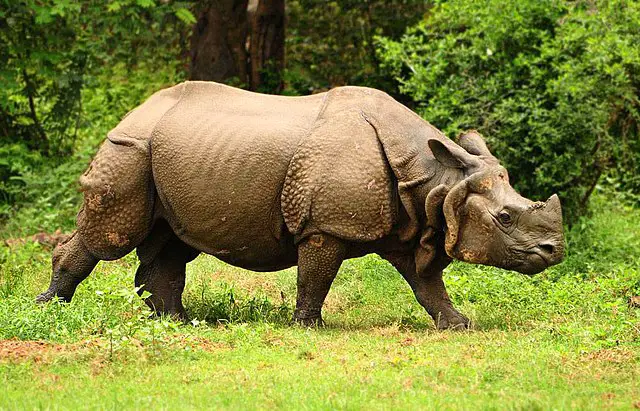
Also known as the greater one-horned rhinoceros, this species is primarily found in the grasslands of India and Nepal. It has a single horn and is distinguished by its armor-like skin folds.
4. Javan Rhinoceros (Rhinoceros sondaicus)
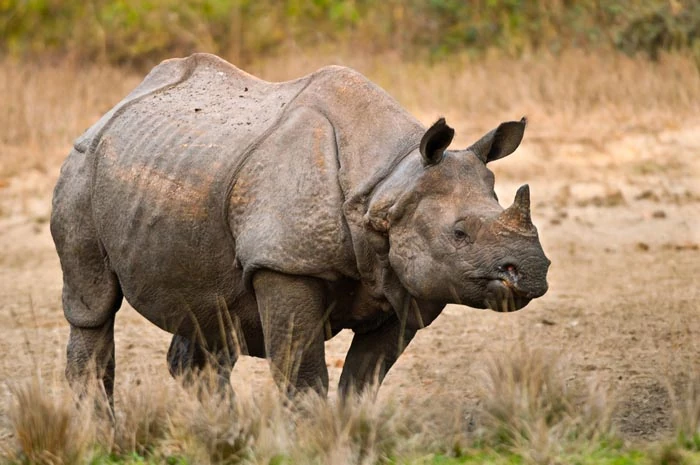
One of the rarest mammals, the Javan rhino is critically endangered, with fewer than 70 individuals remaining, all confined to Ujung Kulon National Park in Indonesia.
5. Sumatran Rhinoceros (Dicerorhinus sumatrensis)

The smallest and hairiest of the rhinos, the Sumatran rhino is critically endangered, with populations fragmented across Indonesia. They are known for their distinct reddish-brown fur and two horns.
Rhinoceroses are generally solitary animals, with the exception of mothers and their calves. They have poor eyesight but a keen sense of smell and hearing. Their horns, made of keratin (the same material as human hair and nails), are used for defense, dominance displays, and digging up roots and breaking branches.
Why Elephants and Rhinos Cannot Crossbreed
Despite their shared status as megafauna, elephants and rhinoceroses are genetically incompatible for reproduction. They belong to entirely different taxonomic orders (Proboscidea for elephants, Perissodactyla for rhinos), separated by over 50 million years of evolution. Key barriers include:
- Chromosomal mismatch: Elephants have 56 chromosomes, while rhinos possess 82 (white rhino) or 84 (black rhino), making viable offspring impossible.
- Anatomical differences: Rhino reproductive anatomy is incompatible with elephant mating behaviors and physiology.
- Evolutionary divergence: Their last common ancestor lived during the Paleocene epoch, long before modern species emerged.
While nature occasionally produces hybrids like ligers (lion-tiger crosses) or zonkeys (zebra-donkeys), these occur only within closely related species. Elephants and rhinos, despite sharing habitats in Africa and Asia, have never produced hybrids—even in captivity—due to these insurmountable biological divides.
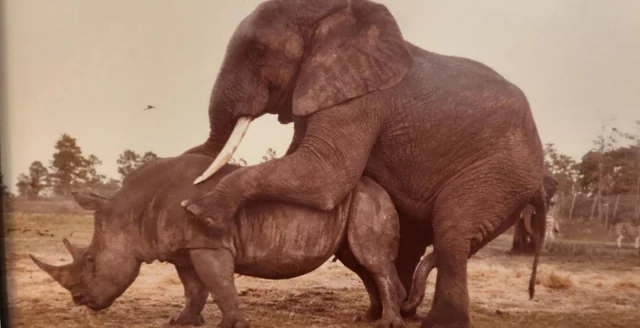
Conservation efforts
Elephants and rhinoceroses face serious threats due to poaching, habitat loss, and human-wildlife conflict. Conservation is vital to their survival. For elephants, efforts include anti-poaching patrols using drones and GPS, habitat restoration, and strategies to reduce conflicts with local communities—such as beehive fences. Educational campaigns and eco-tourism also play key roles in raising awareness and support.
Similarly, rhino conservation focuses on combating poaching, especially for their valuable horns. Captive breeding programs help restore critically endangered populations, while habitat conservation protects their natural environments. Community involvement and sustainable tourism create economic incentives for locals to engage in wildlife protection. Both species rely on coordinated global and local efforts to ensure their survival and maintain ecological balance.
Conclusion
Interbreeding between species, particularly those as genetically distinct as elephants and rhinoceroses, is an improbable occurrence. Hybridization typically occurs within more closely related species that share a recent common ancestor. For instance, within the Elephantidae family, African and Asian elephants cannot interbreed due to significant genetic differences, including varying chromosome numbers. African bush and forest elephants, despite being more closely related, also do not interbreed under natural circumstances.
Similarly, within the Rhinocerotidae family, the genetic divergence among different rhino species prevents hybrid offspring. The most well-documented cases of hybridization in the animal kingdom involve species that are more closely related, such as different breeds of domestic dogs or various species of big cats within the Panthera genus.

